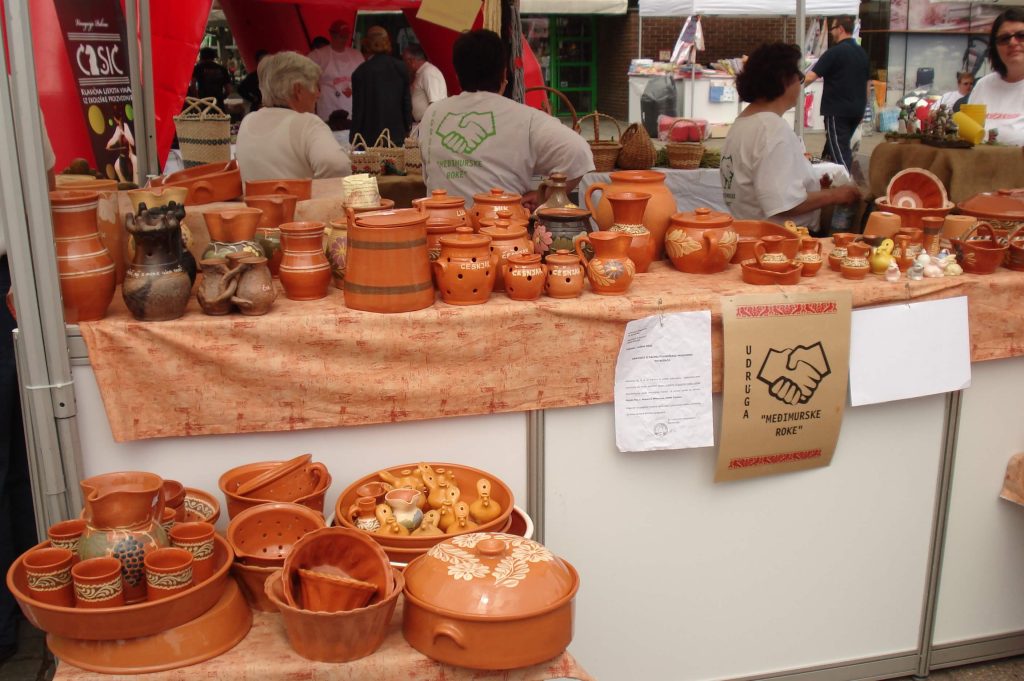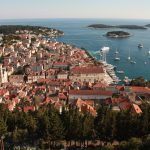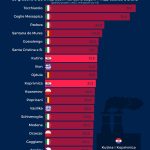Traditional handmade lace
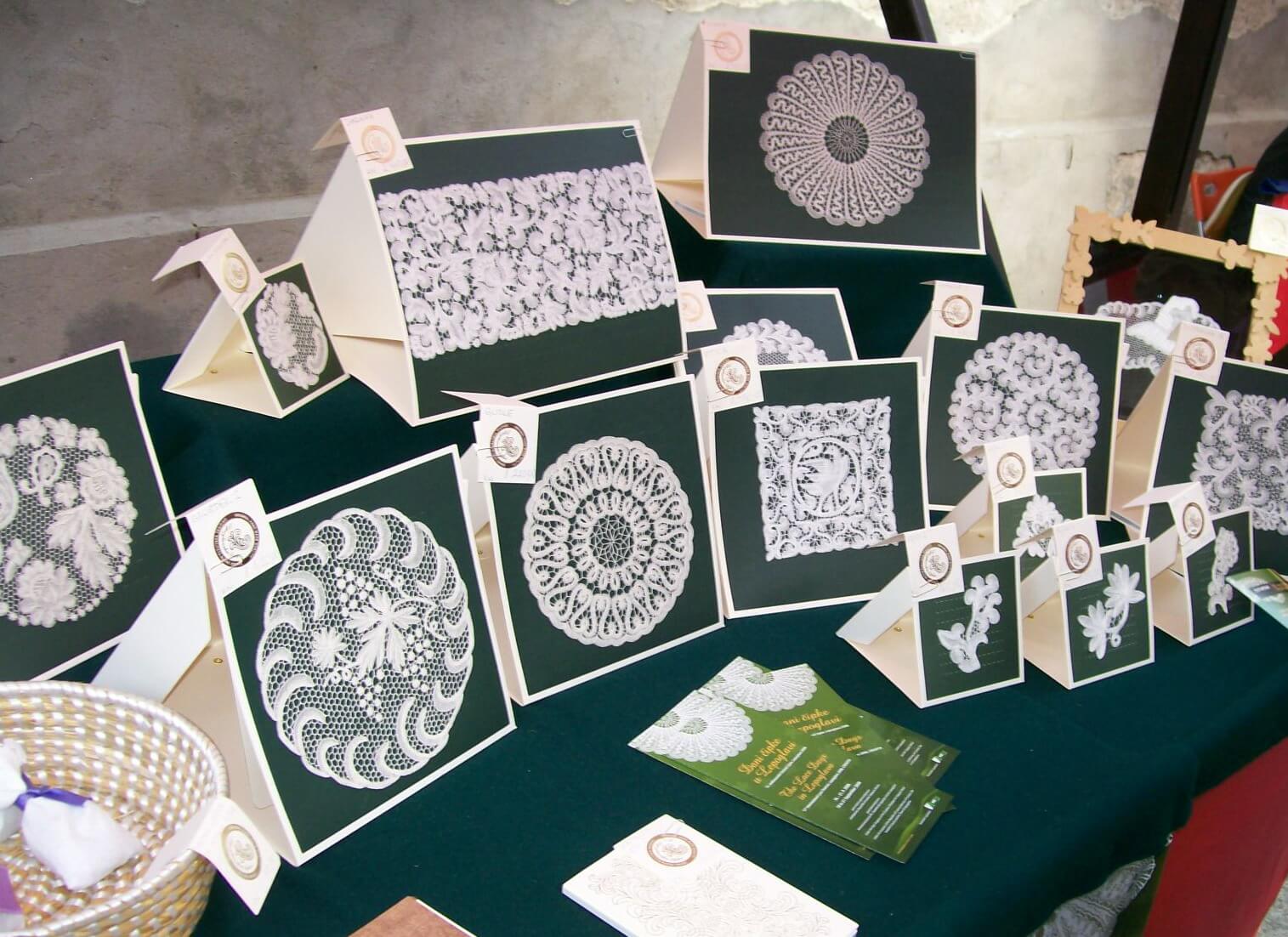 By foto Suradnik13 – Own work, CC BY-SA 4.0, https://commons.wikimedia.org/w/index.php?curid=4674646
By foto Suradnik13 – Own work, CC BY-SA 4.0, https://commons.wikimedia.org/w/index.php?curid=4674646
Lacemaking in Croatia is a traditional craft that began in the Renaissance era and is listed under UNESCO’s Intangible Cultural Heritage of Humanity. The Croatian laces are notable among others due to their unique materials, patterns, and designs. There are several lacemaking traditions in Croatian but the top ones are needle lacemaking in Pag, bobbin lacemaking in Lepoglava, and agave lacemaking in the island of Hvar. Pag needle lace is made by needlepoint, patterned with various geometrical motifs most especially, the spider web. Lepoglava bobbin lace uses flax or cotton thread and is a combination of stylized geometric, floral, and animal patterns. The most unique is the agave lacemaking that is done by the Benedictine nuns in the town of Hvar. Making this lace requires a lot of effort and time – it starts from collecting the thread from the agave plants that grow on the island, to extracting the threads from the leaf, and finally, processing and trimming the threads for lacemaking.
Cravat
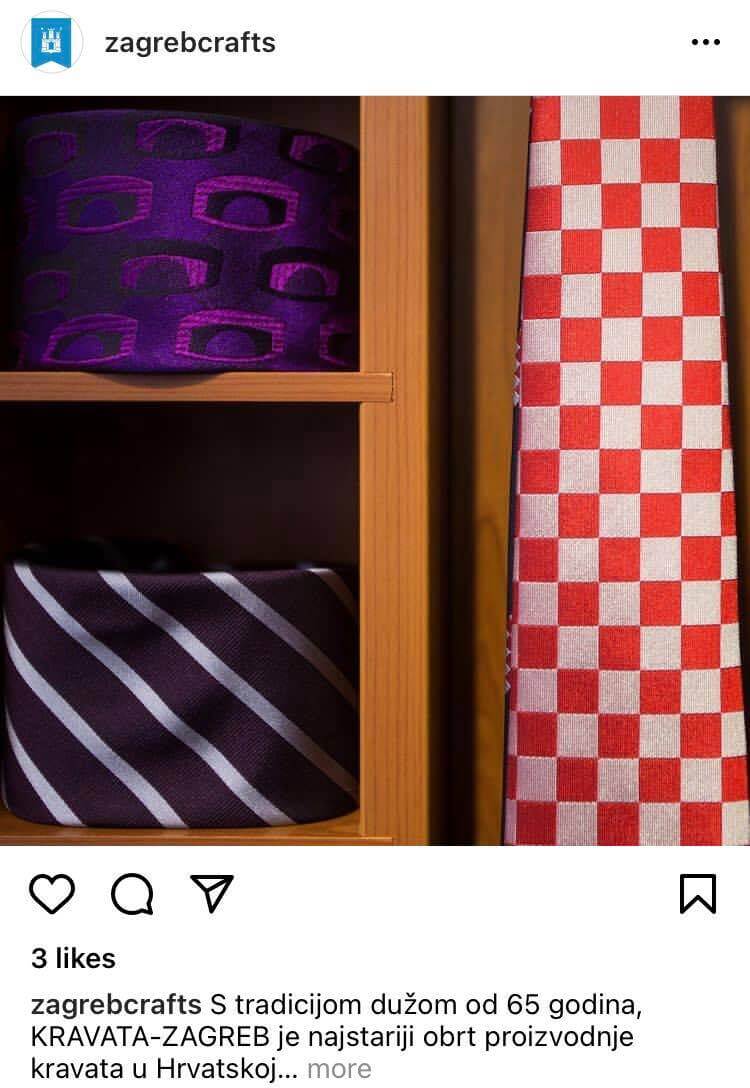 Photo source: Instagram: zagrebcrafts
Photo source: Instagram: zagrebcrafts
Did you know that the cravat, or simply known as the necktie, originated in Croatia? It has a long history all the way back to the 17th century when Croatian mercenaries hired by King Louis XIII wore their traditional knotted neckerchiefs which the Parisians became fond of, most notably King Louis. He even ordered these ties to be a mandatory accessory for royal gatherings. The fashion craze started for neckties started in Europe around 1646 when the young King Louis XIV began incorporating cravat in his royal garments. Since the French word for Croats is ‘Croates’ and the Croatian word is ‘Hrvati, the necktie was named “La Cravate”. Is there any necktie more fitting to wear on October 18, The International Necktie Day, than the original Croatian Cravat?
Konavle Embroidery
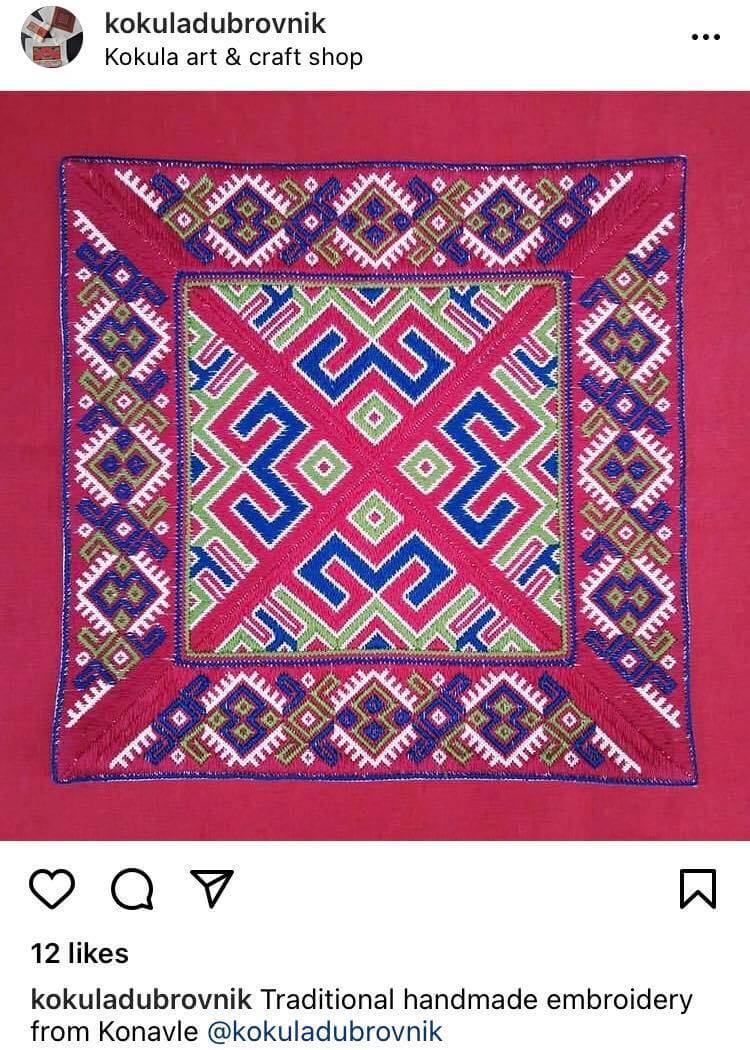
Photo source: Instagram: kokuladubrovnik
A basic decorative element in the women’s national costume, the Konavle embroidery has been a tradition by women in Konavle, Dubrovnik since the 15th century. Originally embroidered in silk thread for women’s traditional dresses, the rigorously symmetrical and specific Konavle patterns come in black, red, dark green, dark blue with yellow-gold trimmings and is now embroidered on other things like tablecloths, pillows, and pads. Customarily, the cultivation of silkworms for silk thread production was done by young maidens in this town each year during spring, until they cultivate enough silkworms to produce their own thread for embroidery. This artwork can be found in Dubrovnik’s old town and around the Dubrovnik area.
Maraschino Liqueur
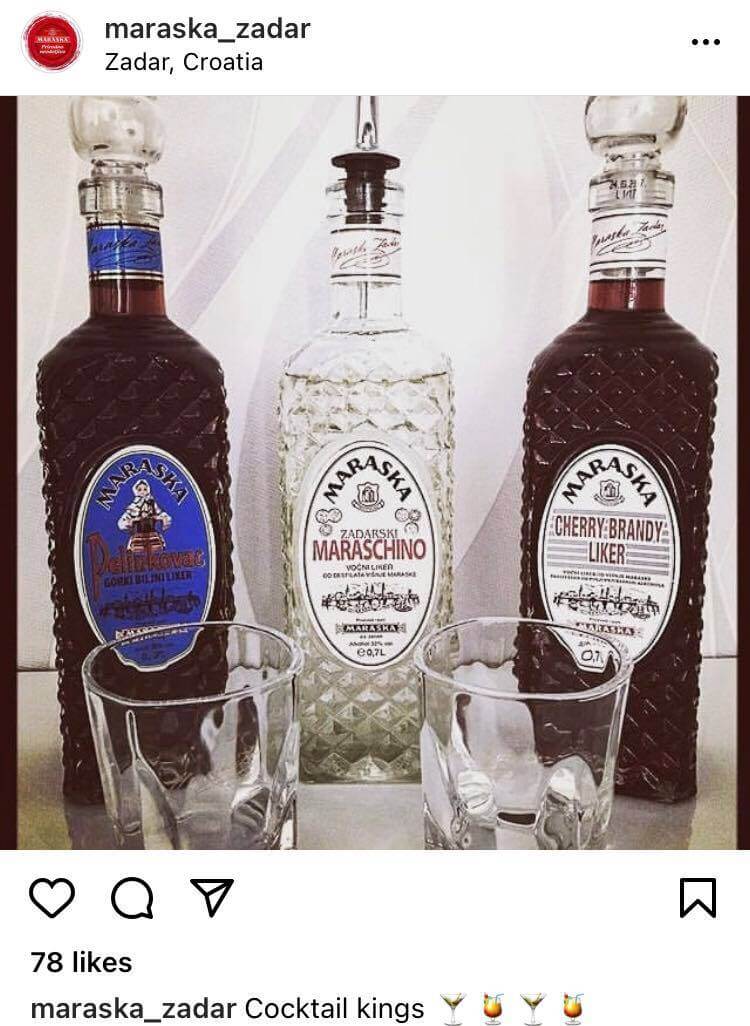
Photo credit: Instagram: maraska_zadar
Originating from Asia Minor, the maraschino cherries were brought to the Mediterranean during the time of the Roman Empire. The bitter-sweet Maraschino flavour is extracted from Marasca ripe sour cherries and their young leaves and is used for distillation. The Maraschino liqueur was even served on the tables of historical rulers such as Napoleon Bonaparte, George IV of the United Kingdom, and Emperor Nicholas of Russia. Many notable celebrities enjoyed the taste of Maraschinos including Alfred Hitchcock, G. B. Shaw, Ernest Hemingway, and Charlie Chaplin. It was also included in the list of stocks of the Titanic on its historically famous first and last voyage. Called “the king of all liqueurs”, Maraschino liqueur makes a perfect souvenir. It can be found in almost any supermarket in Croatia, but for a nice gift-packaging, you can visit or buy online at the Maraska Store in Zadar.
Šibenik button
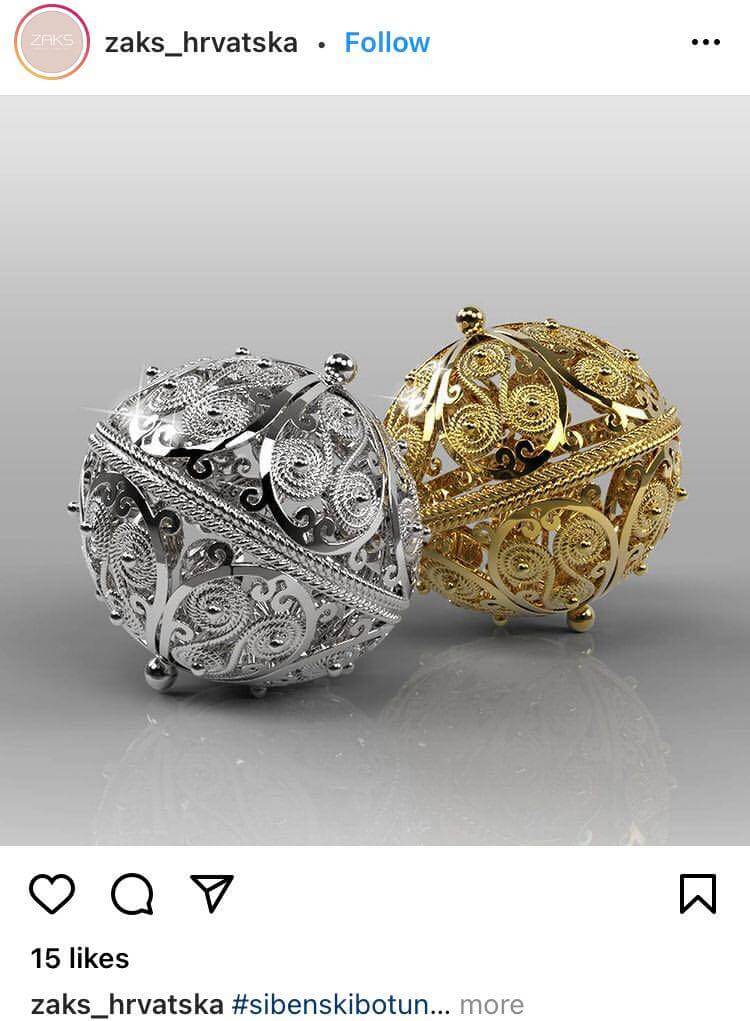 Photo source: Instagram: zaks_hrvatska
Photo source: Instagram: zaks_hrvatska
The Šibenski botun, as they call it in Croatia, was recognized by the Croatian National Tourist Board as the most original Croatian souvenir in 2007. Historically worn only by Croatian men, the buttons used to indicate the social status of the wearer and also had military implications because they were customarily given as gifts to commanders and heroes. The making of these buttons use the ancient filigree technique and used silver. Nowadays, the Šibenik buttons are now sold in gold and aluminum and come in different sizes and forms such as earrings, rings, necklaces, brooches, and bracelets in many Croatian jewelry shops. There is also other traditional Croatian jewelry you can buy all over Croatia – Zaks has an impressive list of authentic Croatian jewelry products for you to choose from!
Licitar Hearts
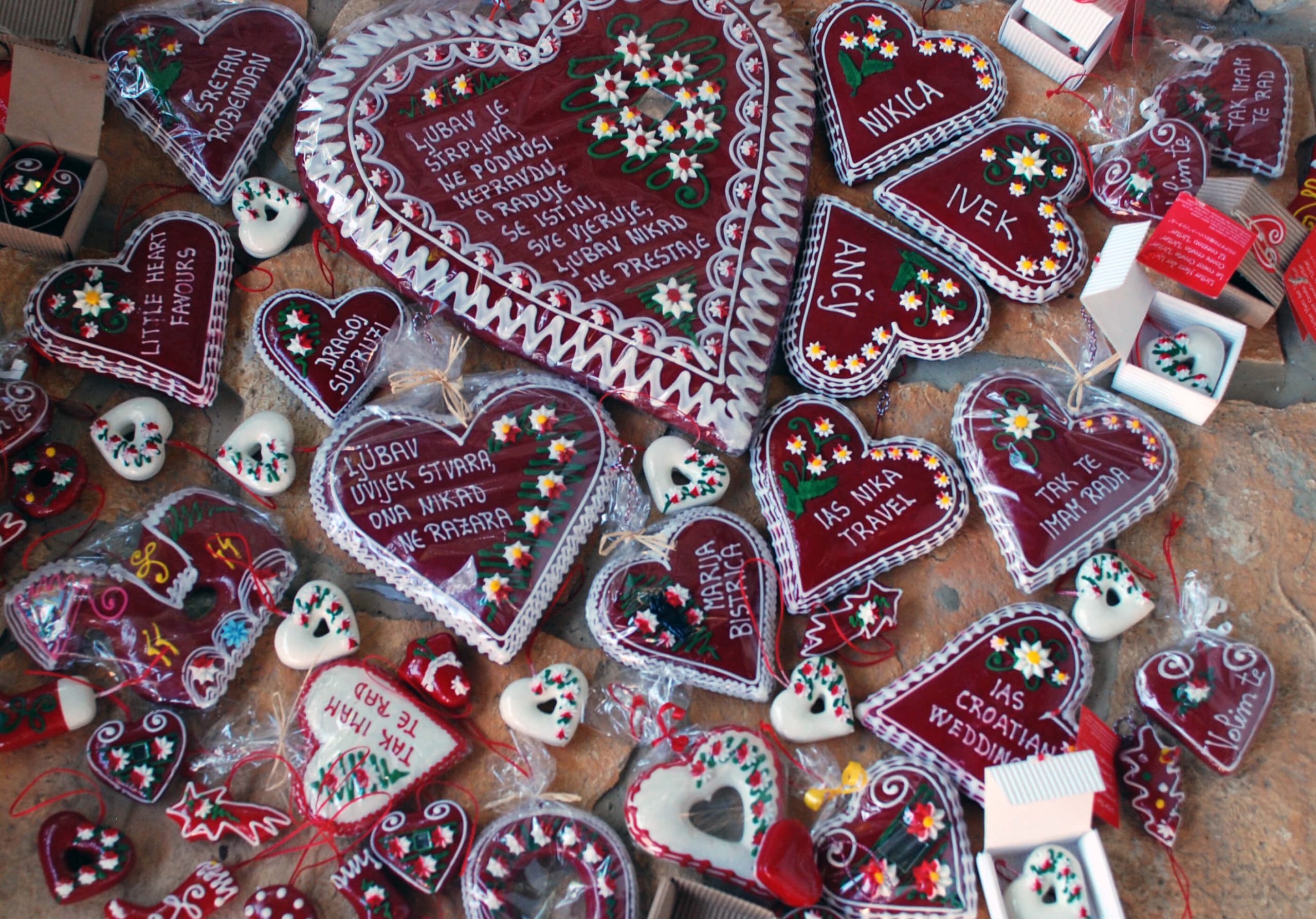 By Seanpu1 – Own work, CC BY-SA 3.0, https://commons.wikimedia.org/w/index.php?curid=11152088
By Seanpu1 – Own work, CC BY-SA 3.0, https://commons.wikimedia.org/w/index.php?curid=11152088
The most recognizable symbol of Zagreb, Croatia’s capital city, is the Licitar Heart. This tradition dates back to the Middle Ages, all over Europe but usually in monasteries. They were famous souvenirs for pilgrims who buy them to remember their long and taxing journey to spirituality. These red hearts are completely edible, even though most people prefer them as decorations. The traditional way of making a Croatian Licitar is listed under UNESCO’s Intangible Cultural Heritage because of the intense labour, time, and skills needed to make them – which, if traditionally prepared, can take more than a month at the very least. Nowadays, most people take shortcuts and the mass-produced licitars are rarely traditionally made. Licitar hearts are usually gifted on weddings adorned with the wedding date and the names of the newlywed and as a token of love for sweethearts on Valentine’s Day. They also have now become popular Christmas ornaments.
Šestine Umbrella
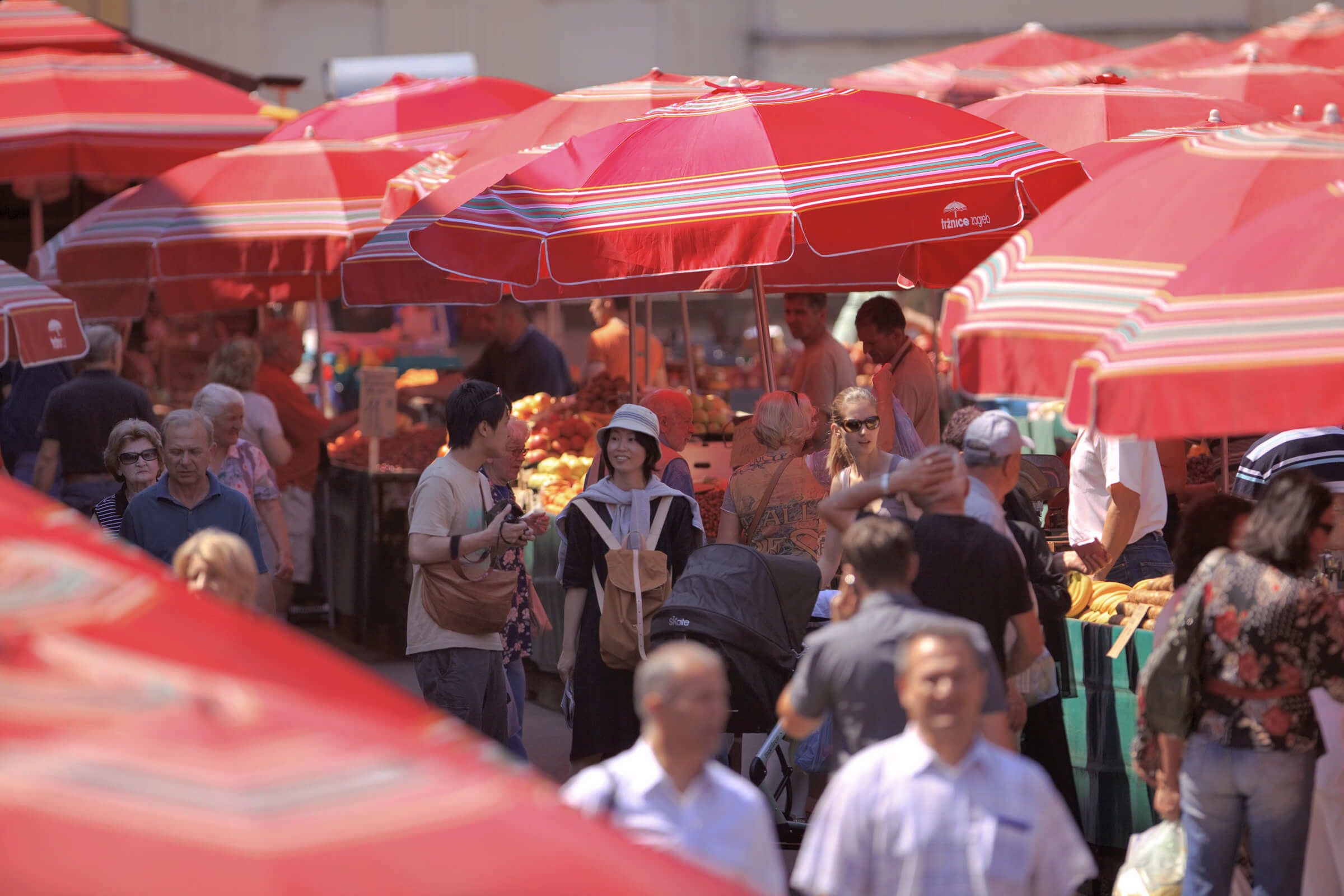 Šestine umbrellas at Dolac market, Zagreb | Photo credit: Mario Romulić
Šestine umbrellas at Dolac market, Zagreb | Photo credit: Mario Romulić
Another souvenir prominent in Zagreb, the umbrella is a part of the folk attire of the Šestine people who live on the slopes of Medvednica mountains in Zagreb. The costume was worn every day by the people in Šestine until the 1960s but nowadays, it is mostly worn at special events, ceremonies, and folklore festivals. The Šestine umbrellas are usually used as parasols at Zagreb’s famous Dolac market. The umbrella is characterized by bright red striped canvas, a wooden rod, and a handle made of chestnut wood. This iconic umbrella of Zagreb has been gifted to well-known figures such as Former Prime Minister of the United Kingdom Margaret Thatcher and celebrity Robbie Williams. At present, the most famous manufacturer of authentic šestine handmade umbrellas is Cerovečki Kišobrani.
Lavender products
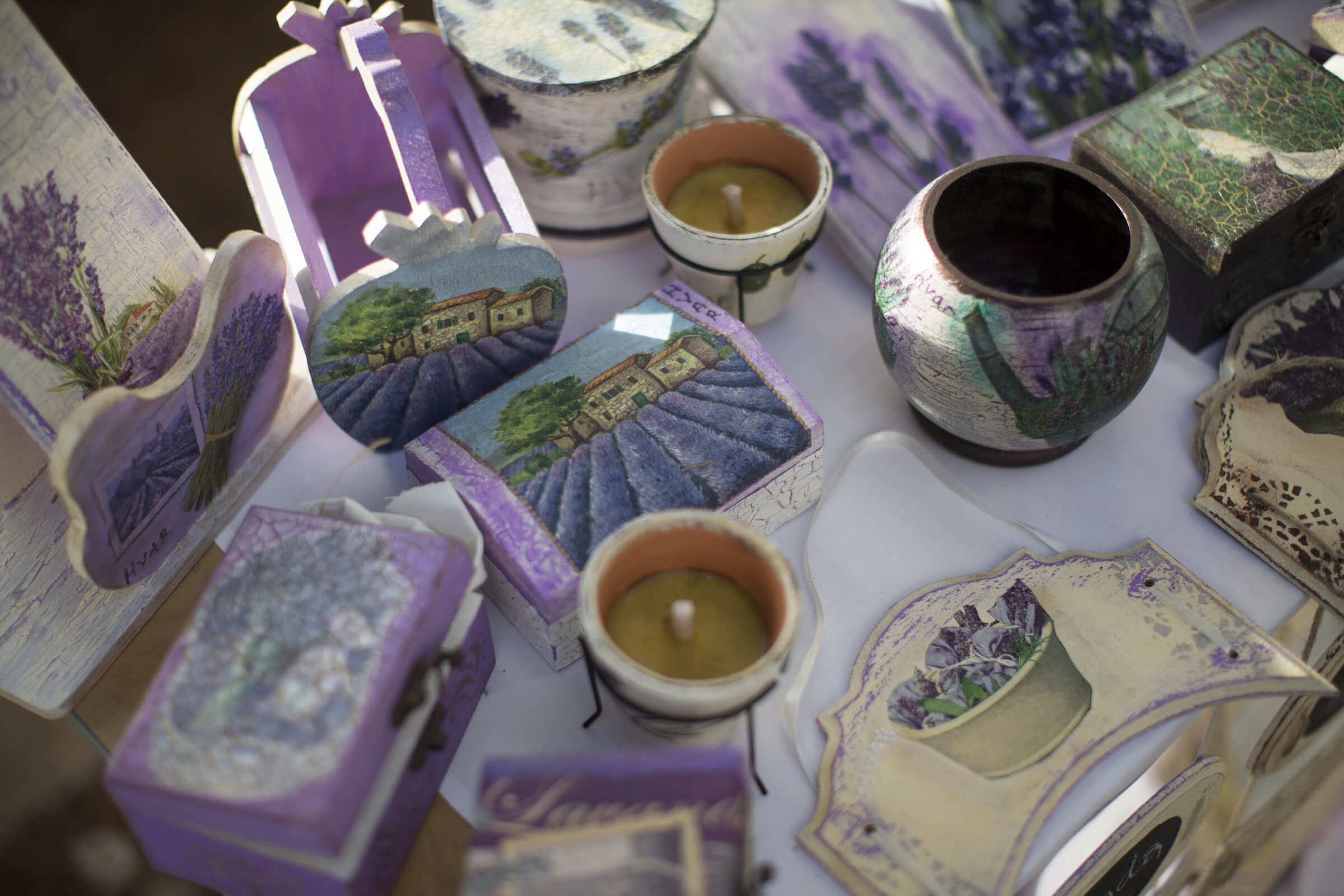 Lavender products from Hvar Island | Photo credit: Mario Romulic
Lavender products from Hvar Island | Photo credit: Mario Romulic
Lavender is a beautiful, purple Mediterranean herb which blooms abundantly in the Dalmatian region of Croatia every summer. Although the main Croatian lavender growing region is the island of Hvar, it can be found almost anywhere in Dalmatia. A lot of souvenir shops sell lavender products such as dried lavender flower pouches which are good for repelling wardrobe moths and mosquitos, a lavender essential oil that is famous for its medicinal benefits such as treating wounds and its calming effect, and lavender soap, cream, and lip balm which are all good for various skin problems such as acne, burns and insect bites. In Dalmatia, lavender is also used in sweets most especially in ice cream – so do not forget to try one out!
Flower of Salt Nin
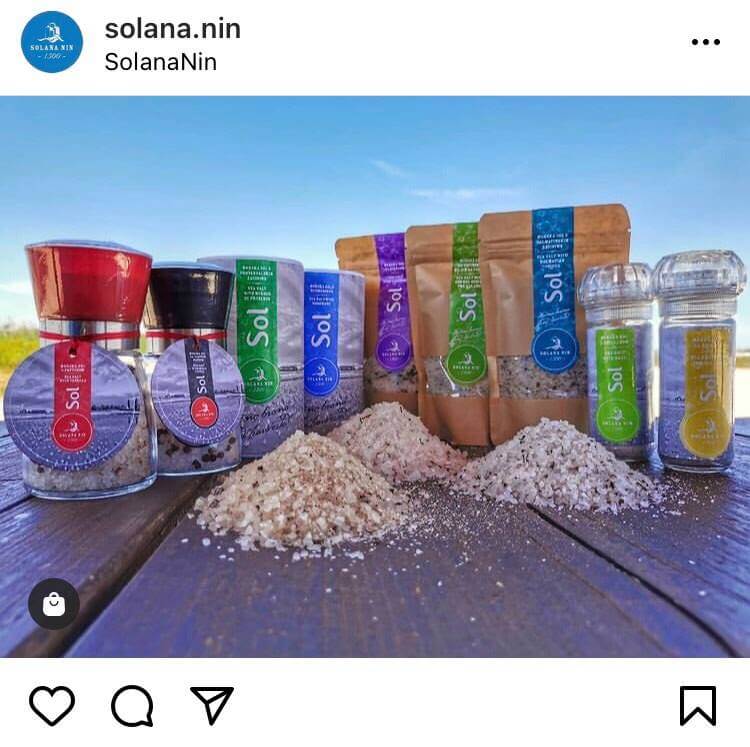
Photo source: Instagram: solana.nin
Ecologically produced and harvested by human hands, the Flower of Salt from Solana Nin is called “the caviar among salt”. Nin Saltworks is found in a small town of Nin near Zadar and has been producing salt traditionally and sustainably for 1,500 years. Their product is a result of the perfect amalgamation of the sun, Adriatic sea, and the Bora wind from the Velebit mountain. It is named Flower of Salt because it appears on the surface of the sea like a thin layer of flower petals and is delicately harvested by hands. The salt is often not used in the cooking process but is added at the end as a final touch. Apart from heightening the taste of the dishes, salt enriches the body because it contains 75 minerals essential for human dietary needs. Solana Nin also sells Flower of Salt with other spices such as lavender, Dalmatian spices, truffles, and paprika. They also sell other souvenirs such as ceramic and wooden salt keepers, salt necklaces, even chocolates, and energy bars containing this special ingredient.
Croatian wine and rakija brandy
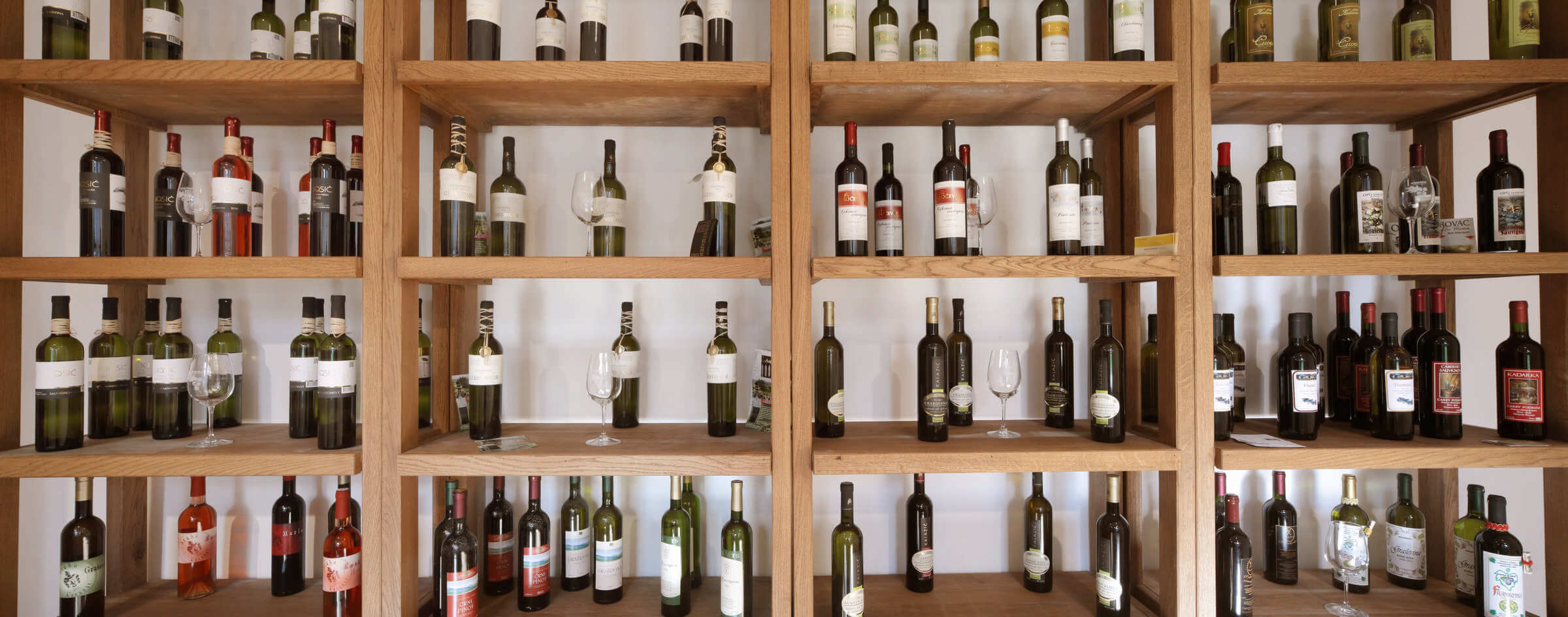 Photo credit: Mario Romulić
Photo credit: Mario Romulić
Croatia has A LOT of indigenous grape varieties so a bottle of Croatian wine makes a great souvenir to remind you of flavours and aromas uniquely found in Croatia. In Dalmatia, the most famous ones are the Vugava wine from Vis island, Pošip Wine, Rosé wines, and the red wine varieties – Plavac Mali, Babić, and Dingac. In Istria, a bottle of Malvasia is highly recommended and Graśevina is your top choice if coming from Slavonia. One of the best ways to buy Croatian wine is to visit a local winery and learn from the makers. Rakija is popular all over the Balkan region, especially in Croatia where locals also use it for cooking, cleaning, and different home remedies. Rakija is a fruit brandy, often made with honey, different herbs, and fruits, and usually served as an aperitif.
Croatian Chocolates
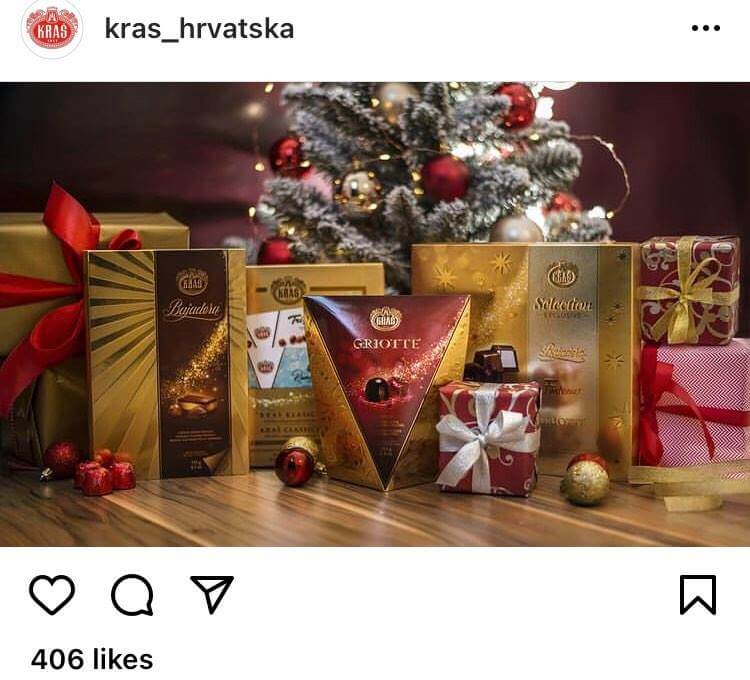
Photo source: Instagram: kras_hrvatska
Kraš is a Croatian chocolate factory that was founded in 1911 and is undoubtedly the best local brand of chocolates in Croatia. Kraš products are widely sold in every supermarket in Croatia. In Zagreb, Rijeka, and Opatija, you can buy Kraś chocolates in Kraš Choco Bar where they sell a wide assortment of chocolate products, chocolate drinks, cakes, ice cream, and pastries. The bestselling product is Bajadera, a layered nougat from almonds and hazelnuts. Kraš also has biscuits and wafers called Domačica, Jadro, and Napolitanke that are also loved by the locals. Other popular products include chocolate boxes Griotte, Fontana, Novela, Dorina Praline and Dragees, and chocolate bars Dorina and Čoksa.
Croatian olive oil
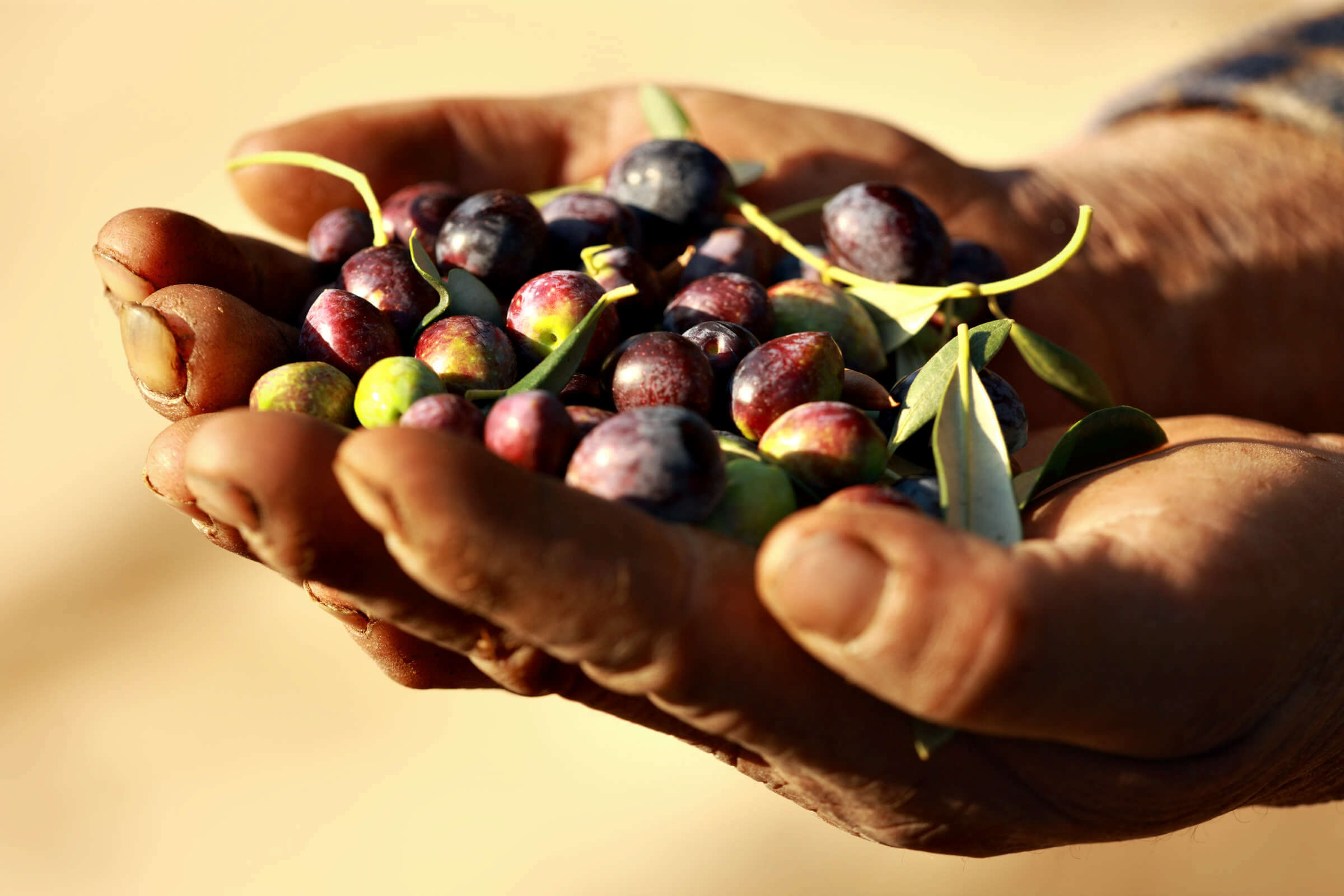 Olives from Pag Island | Photo credit: Mario Romulić
Olives from Pag Island | Photo credit: Mario Romulić
Croatia ranks 7 in the Extra Virgin Olive Oil world ranking for countries with the best olive oil in the world but Croatia produces limited quantities of olive oil for exportation so do not miss the opportunity to bring home a bottle of local Croatian olive oil with you. Olive oil is widely used in Croatian and Meditteranean cuisine and most Croatian families grow olive trees and produce their own olive oil for family use. According to Tasteatlast, the best quality olive oil in Croatia are the ones from the islands of Šolta, Korčula, Cres, Krk, and the region of Istria. There is a lot of homemade olive oil the are sold in pazar (Croatia’s farmer’s market) and small shops all over Croatia, as well.
Croatian Cheeses
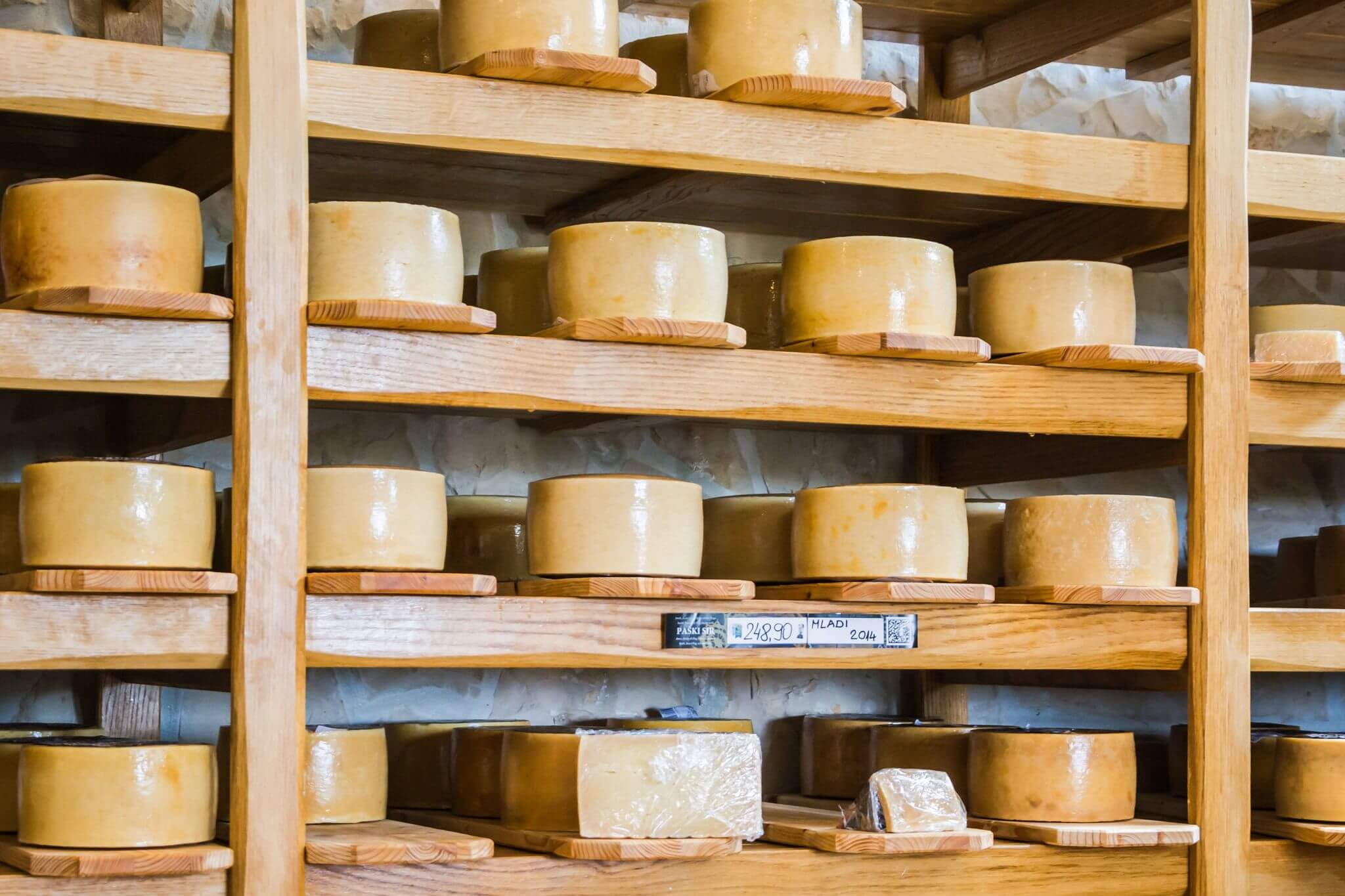 By Isiwal / Wikimedia Commons / CC-BY-SA-3.0, CC BY-SA 3.0, https://commons.wikimedia.org/w/index.php?curid=32899504
By Isiwal / Wikimedia Commons / CC-BY-SA-3.0, CC BY-SA 3.0, https://commons.wikimedia.org/w/index.php?curid=32899504
Croatian cheeses have won several international recognitions and awards making them one of the best souvenirs in Croatia to take home with you. The most famous traditional Croatian cheeses include Pag cheese, inland Croatia’s special Prga and Škripavac, and Sir iz mišine from the Dalmatian region of Croatia. The Pag cheese is highly regarded for its unique flavour and good nutritional content since it is made from the milk of sheep that graze solely on Mediterranean herbs and pastures which are full of salt from the sea that was carried on by the Bora wind in the island of Pag. Prgica, or Prga, is a specialty of the Bilogora-Podravina and Medimurje regions and is produced from fresh cow’s milk that has been fermented for few days that was added with salt and spicy/sweet red paprika and is dried and shaped into cones. Škripavac is a traditional cheese produced in the region of Lika. Škripavac is the freshest cheese in Croatian cheeses because the raw cow’s milk or sheep’s milk is only strained and afterward heated enough to dissolve the rennin that coagulates it. Sir iz mišine is made from sheep’s milk that is aged in mišina (lambskin sacks), which gives the cheese its distinct aroma and flavour. It is transported and sold in the same sack it aged in.
For more on travel in Croatia, follow TCN’s dedicated page.
For more about Croatia, CLICK HERE.

